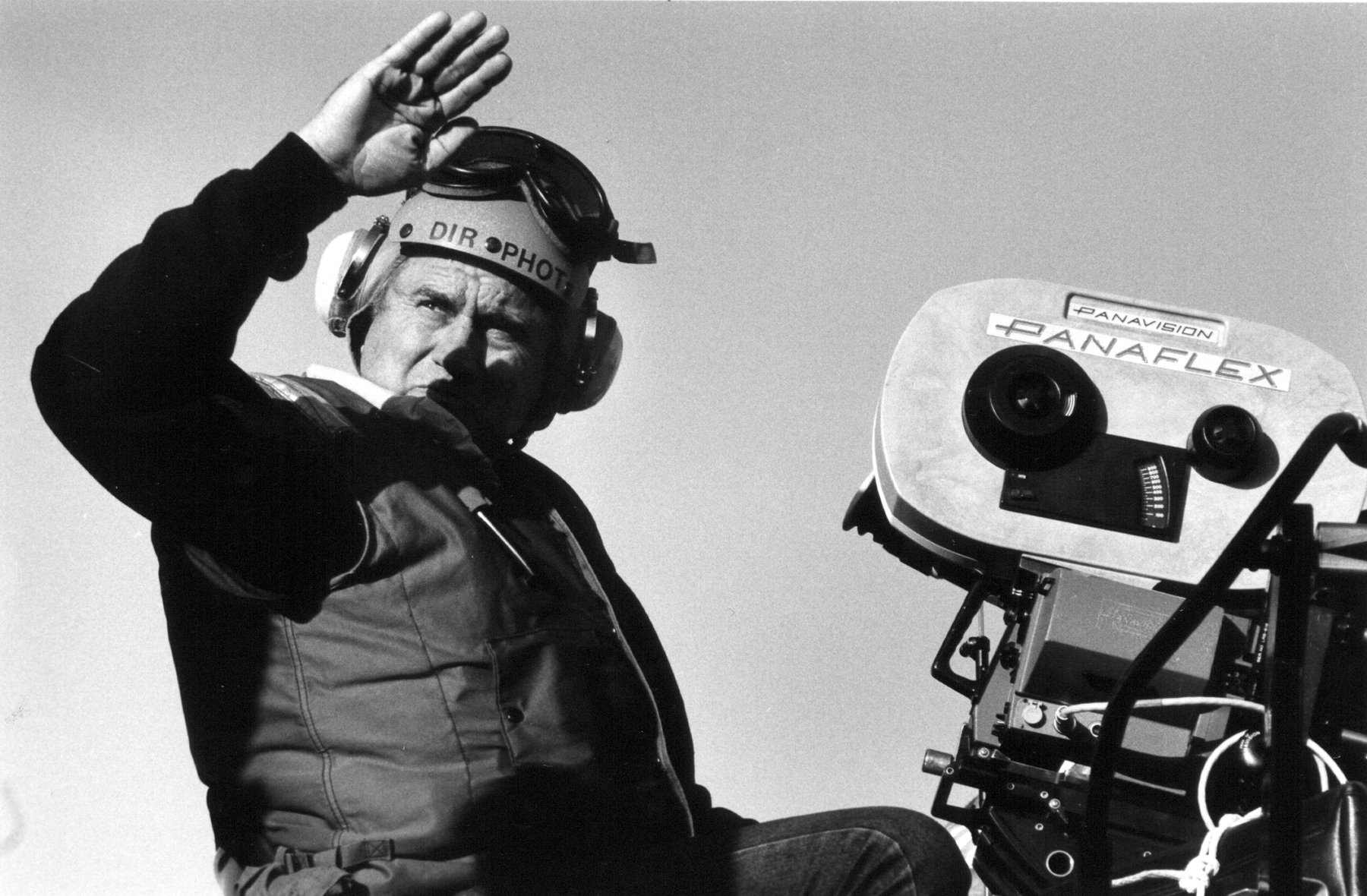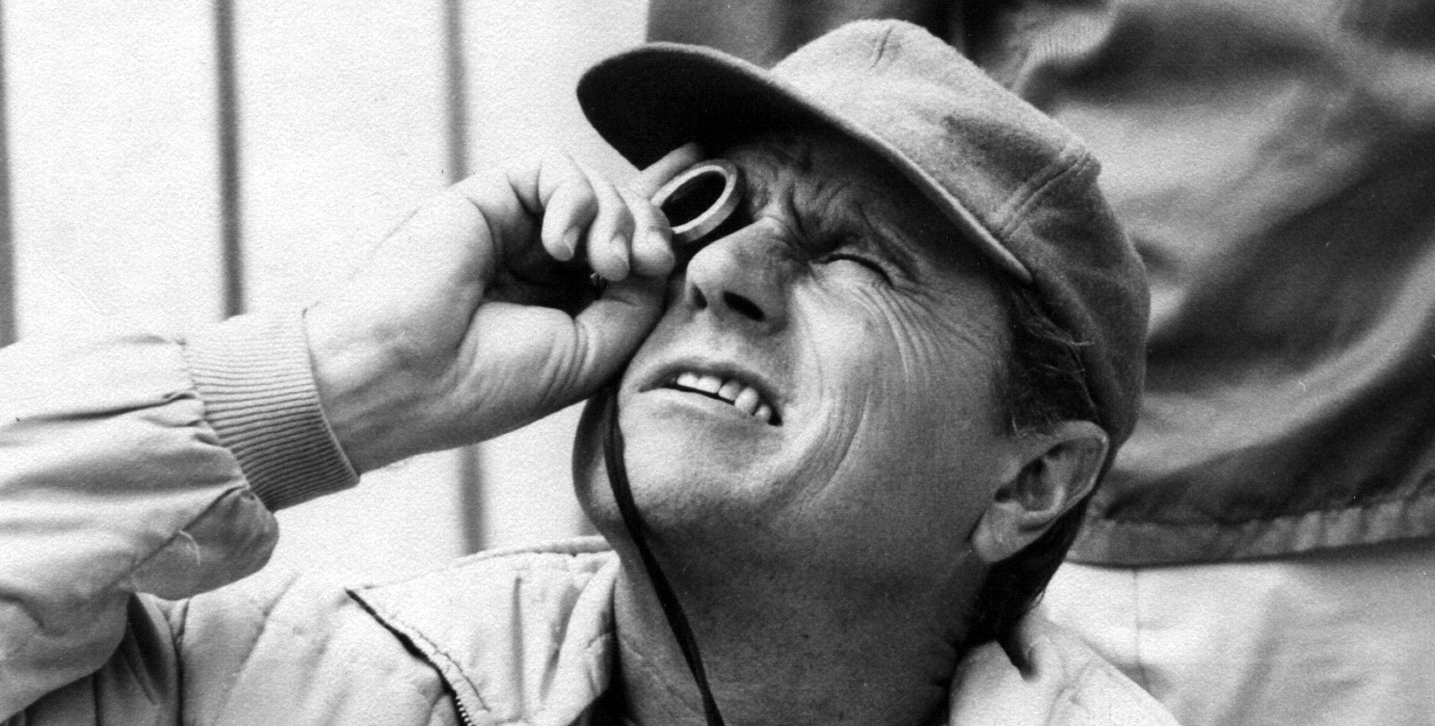
In Memoriam: Fred J. Koenekamp, ASC (1922-2017)
Remembering the Oscar-winning cinematographer and ASC Lifetime Achievement Award honoree, whose career spanned more than four decades.
Remembering the Oscar-winning cinematographer and ASC Lifetime Achievement Award honoree, whose career spanned more than four decades.
Fred J. Koenekamp, ASC, an Academy Award winner for the iconic disaster film The Towering Inferno, died on May 31 at the age of 94. One of the few extant cinematographers whose career encompassed the classical Hollywood era and the tumult that followed the demise of the studio system — he started working in the industry in 1947 and retired in 1990 — he also received Oscar nominations for Patton and Islands in the Stream.

Born in Los Angeles on Nov. 11, 1922, Koenekamp was introduced to filmmaking in his youth by his father, special-effects cinematographer Hans F. Koenekamp, ASC, who often took him to work on Saturdays at the Warner Bros. Camera and Special-Effects Department. “There was a balcony that overlooked the stage where they had all the miniatures, [and] I used to just love to go up there and look around,” the junior Koenekamp told American Cinematographer. But the bug didn’t bite until many years later, after he was honorably discharged from the U.S. Navy following World War II. He had met a woman he wanted to marry, and when the head of the camera union offered him a job as a film loader at RKO, “all of a sudden, I was totally fascinated by the picture business,” he explained with a smile.
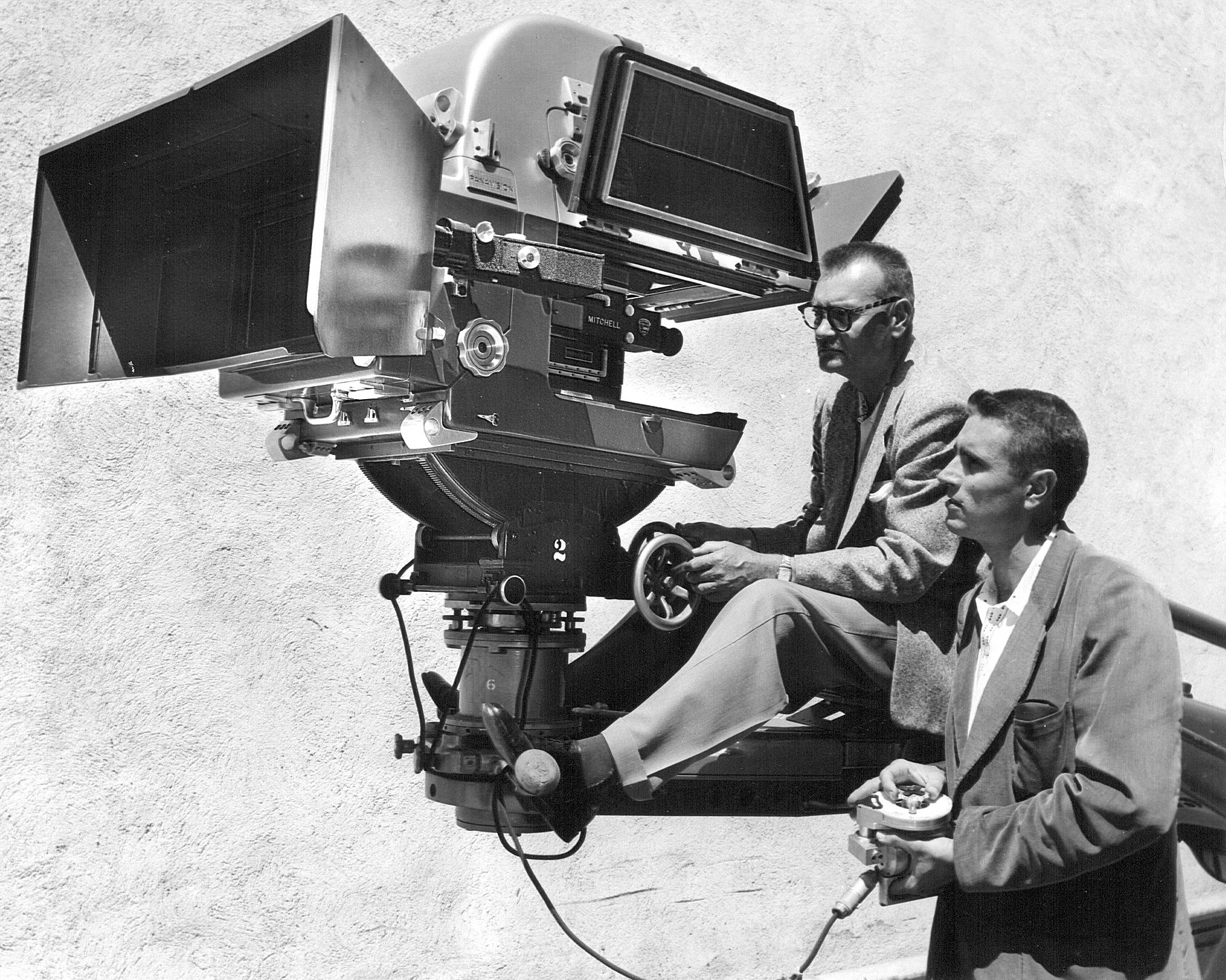
He spent the next decade working his way up the ranks, mostly at MGM, where he arrived as a camera assistant in 1955, moved up to operator in 1958, and then moved up to cinematographer (on the TV series The Lieutenant) in 1963. At MGM he also shot four seasons of the series The Man from U.N.C.L.E., receiving two Emmy nominations in the process, as well as its big-screen spinoff, The Spy with My Face, his first feature as a cinematographer.
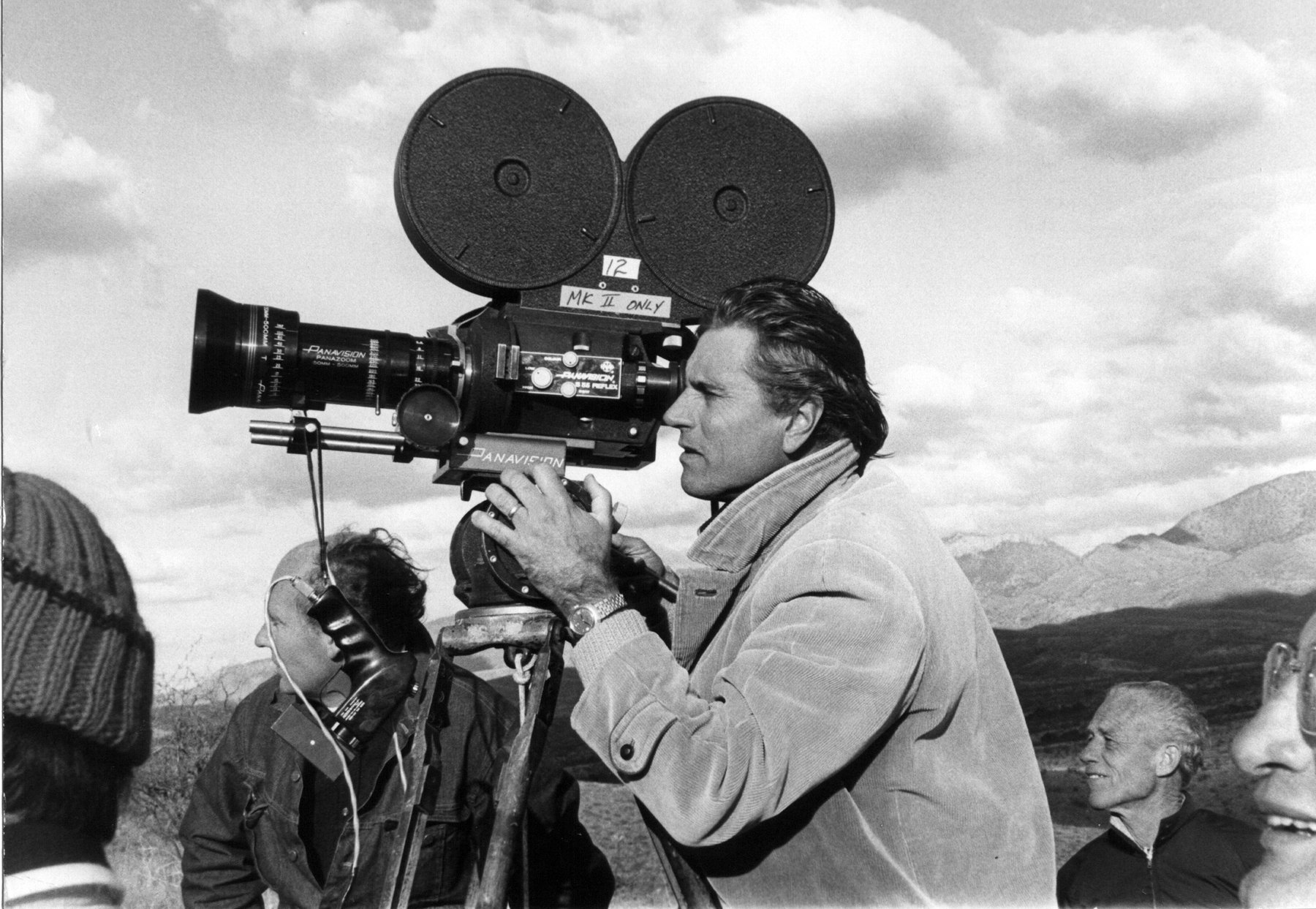
Koenekamp became an ASC member on Aug. 7, 1967, after his father proposed him for membership, and his biggest break came soon thereafter: Patton, directed by Franklin J. Schaffner. To tell the story of maverick U.S. Army Gen. George S. Patton’s quest for victory in World War II, the filmmakers shot on 71 locations around the world, shooting just 20 percent of the picture onstage.
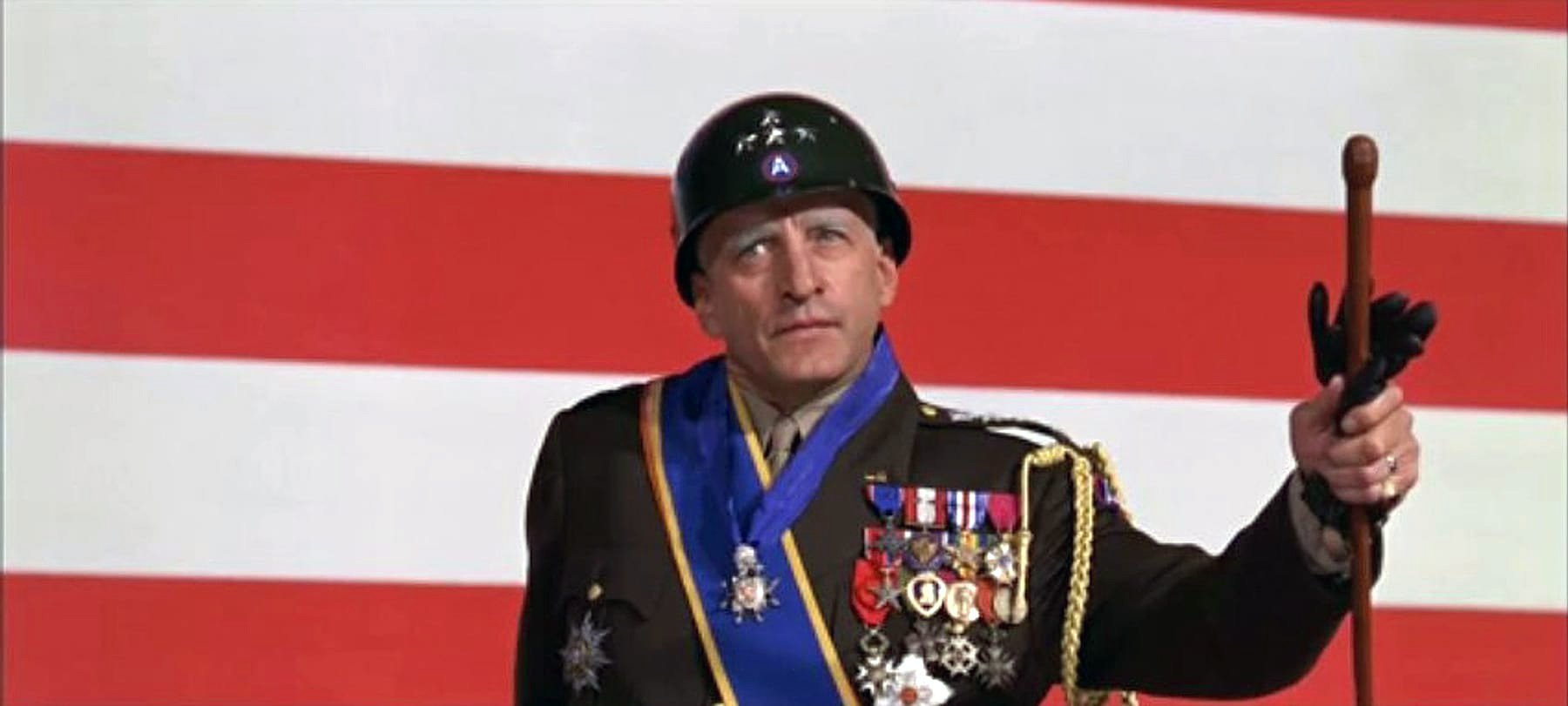
Adding to the scope was the format: Dimension-150, a widescreen process that paired the titular lenses with Todd AO-Mitchell 65mm cameras. (The process was named for the 150-degree angle of view facilitated by its widest taking lens, the 18mm. Proper D-150 exhibition required a wall-to-wall curved screen and custom optics, but release prints in the usual range of formats could easily be struck from the negative.) Koenekamp did extensive handheld operating with the Mitchell AP-65, which weighed about 30 pounds minus lens. “I gave the AP one big workout,” he told AC. “[Often] I would handhold the camera on an approaching tank or vehicle and inch it out of the way of the treads as it passed. The 28mm lens was very effective for this.”

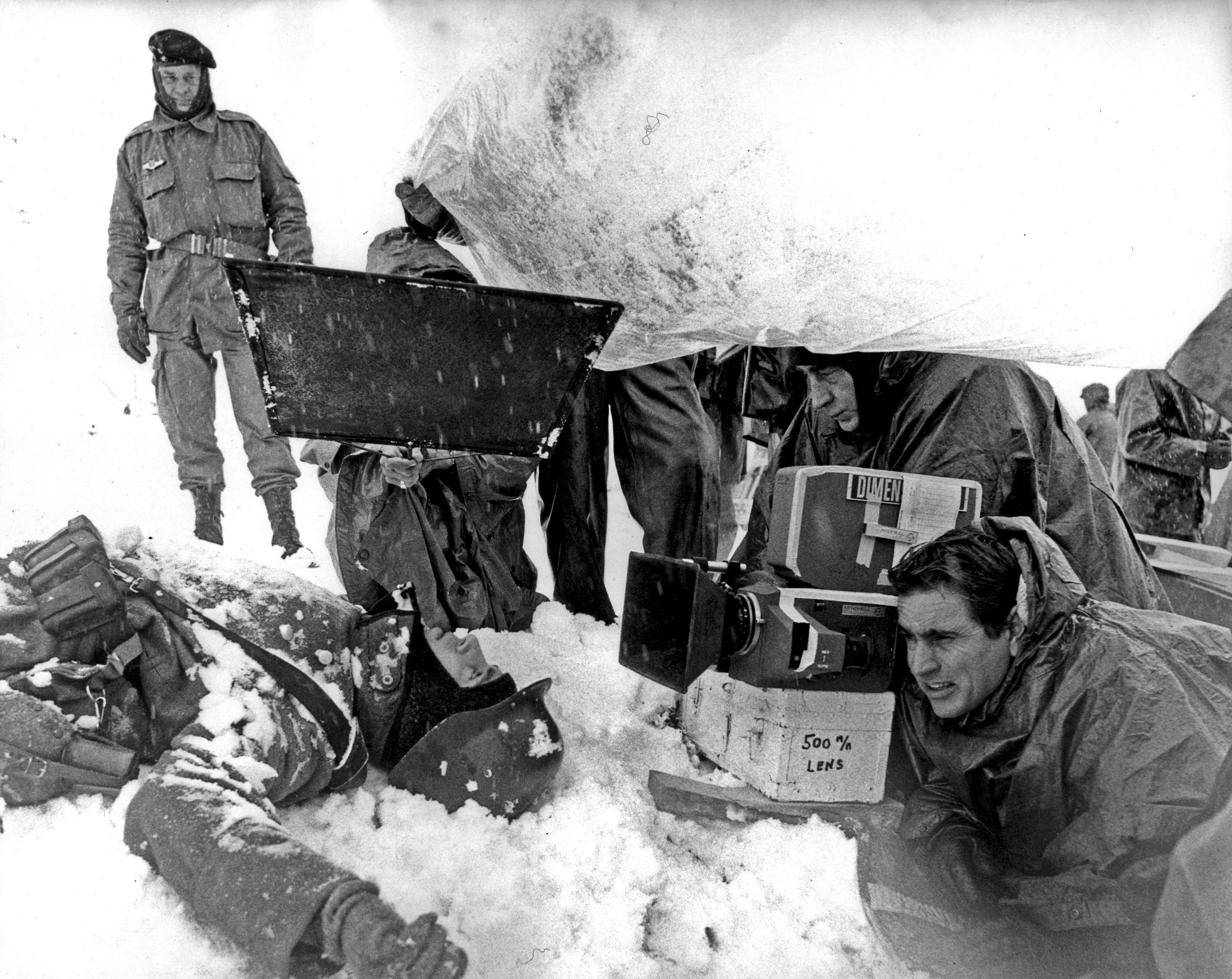
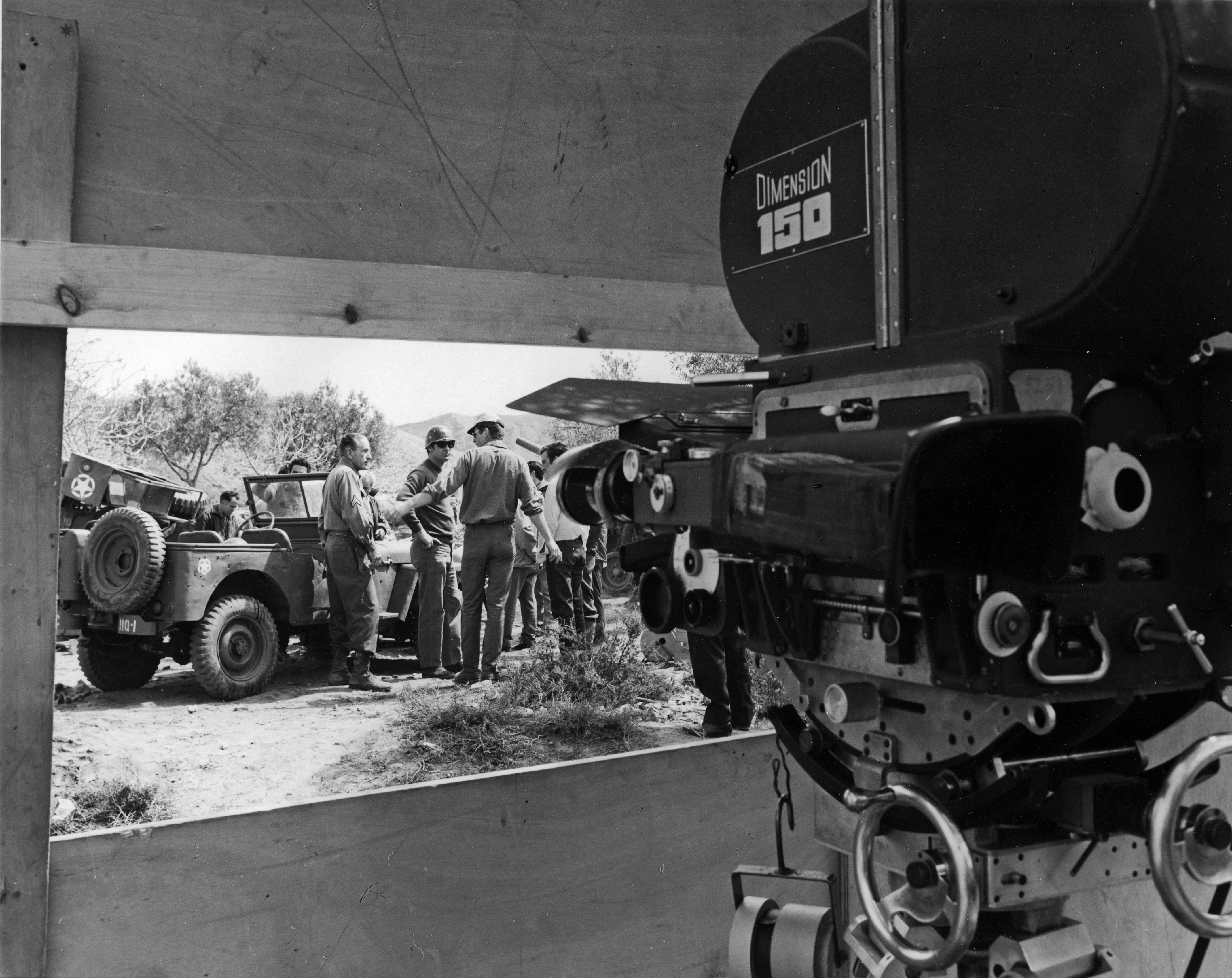
Patton brought Koenekamp his first Oscar nomination, and he and Schaffner went on to collaborate on five more pictures, including Papillon and Islands in the Stream. “Frank was the most congenial gentleman I’d ever met … and the most prepared director I’ve ever worked with,” Koenekamp observed. Noting that Patton often achieved 20-30 setups per day, he added, “With all the complexity of that shoot, it’s amazing how smoothly it went.”
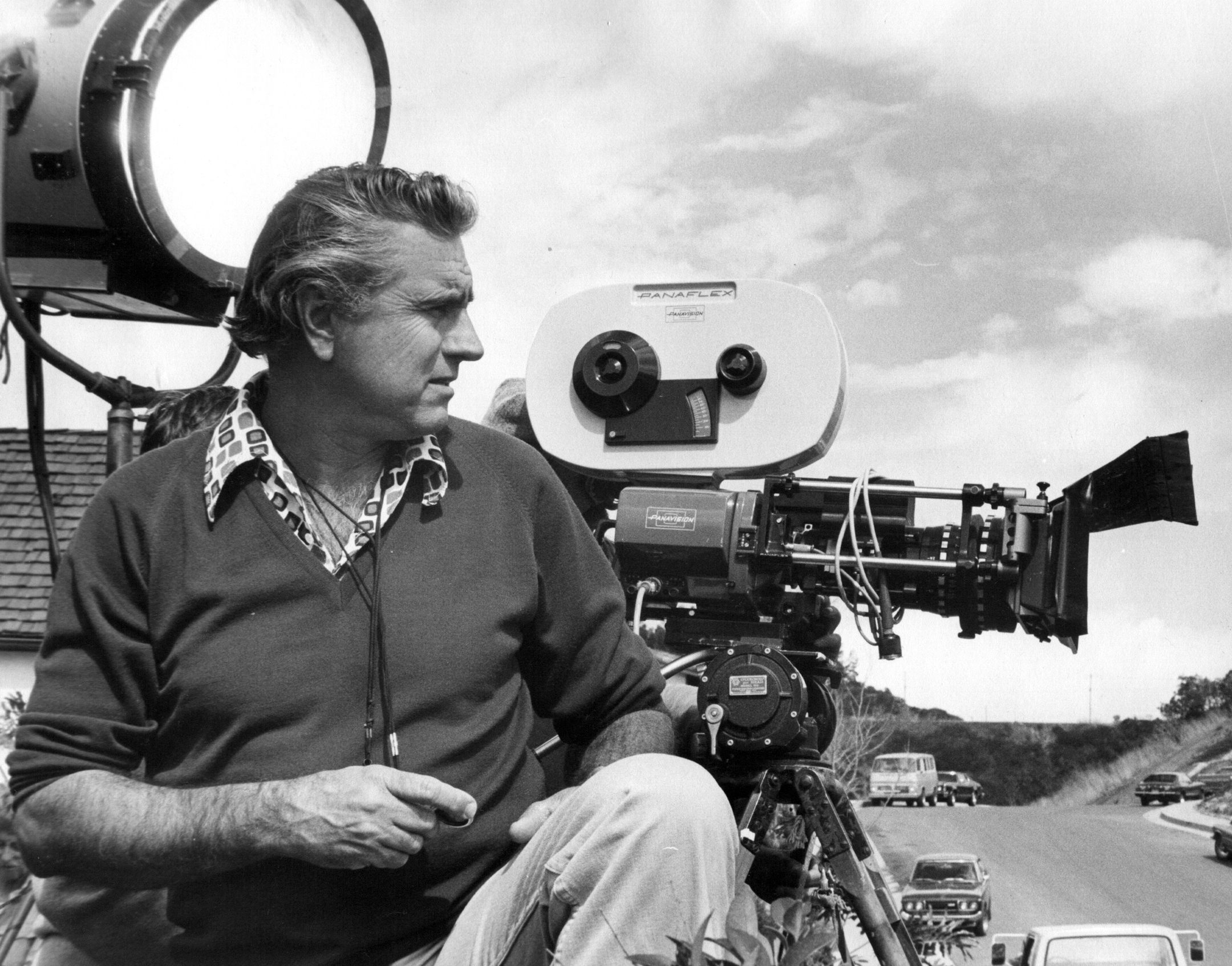
To capture all the drama of a fiery holocaust in a San Francisco skyscraper for The Towering Inferno, producer Irwin Allen formed two units to handle the principal photography: a main unit led by Koenekamp and an action unit led by Joseph Biroc, ASC. The logistics included location work in San Francisco and soundstage work on 57 sets built at 20th Century Fox, a record for the studio at the time. Only eight sets were intact when production wrapped; typically, when Koenekamp’s team finished with one, Biroc’s team would move in and burn it to the ground, saturate it with water, or both. “I keep telling Joe he had most of the fun!” Koenekamp told AC.
Koenekamp and Biroc shared the Oscar for their work on the film, and Koenekamp accepted their statuettes:
The Nov. ’76 issue of AC featured Koenekamp’s production journal from Islands in the Stream, which brought him his third Oscar nomination. The complexities posed by the Hawaii-based shoot included extensive day-for-night photography with interior and exterior in shot, filming aboard a 36’ yacht, and shooting on the open water. A trailer for the film illustrates some of this work:

Koenekamp’s feature credits also included Uptown Saturday Night, Fun with Dick and Jane, The Champ, The Amityville Horror and The Adventures of Buckaroo Banzai Across the 8th Dimension. He retired after shooting Flight of the Intruder.
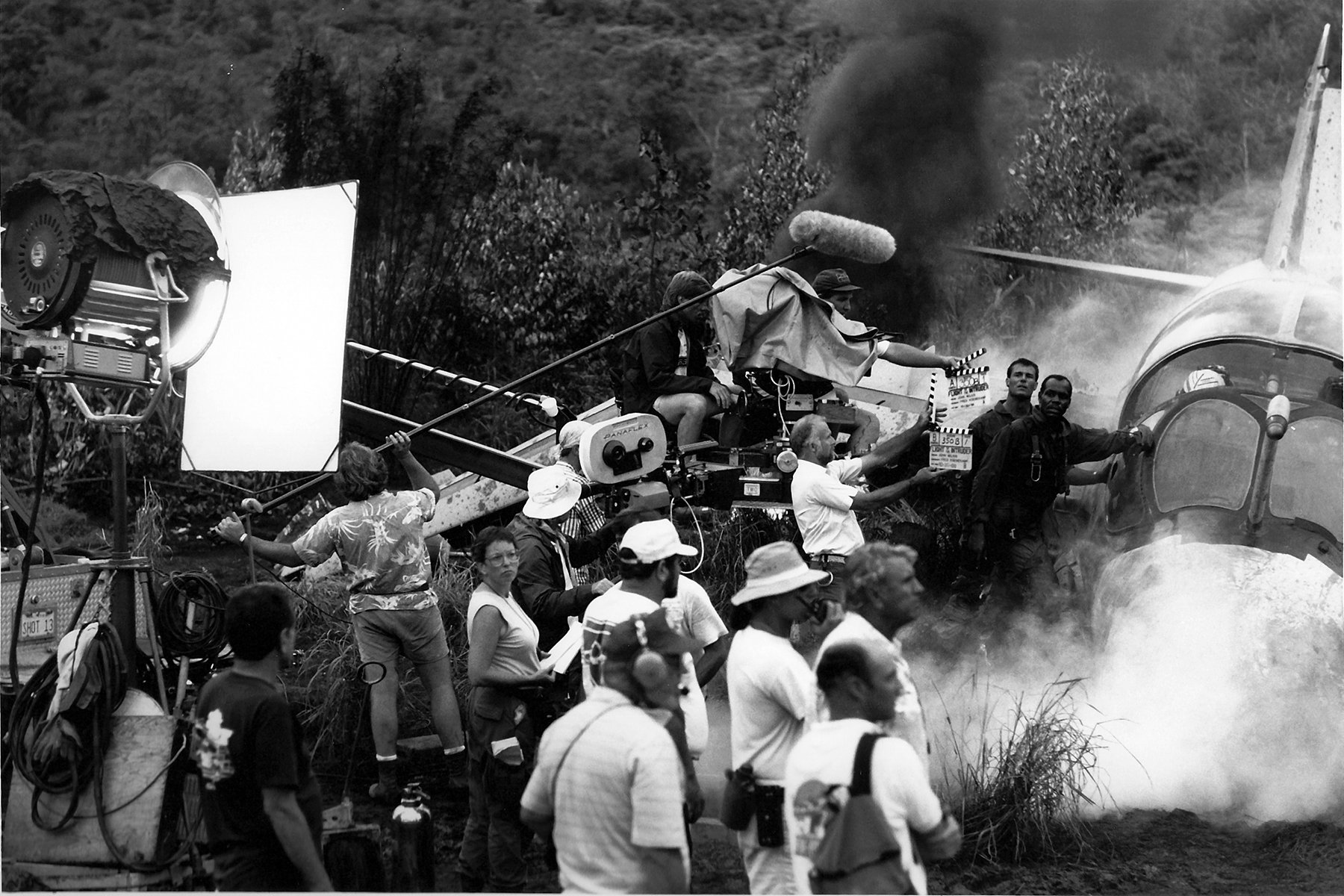
When he was honored with the ASC Lifetime Achievement Award in 2004, Koenekamp noted, “What I still miss is the camaraderie of the crew. I’d love to call every one of them today and tell them we’re starting a picture tomorrow.”
